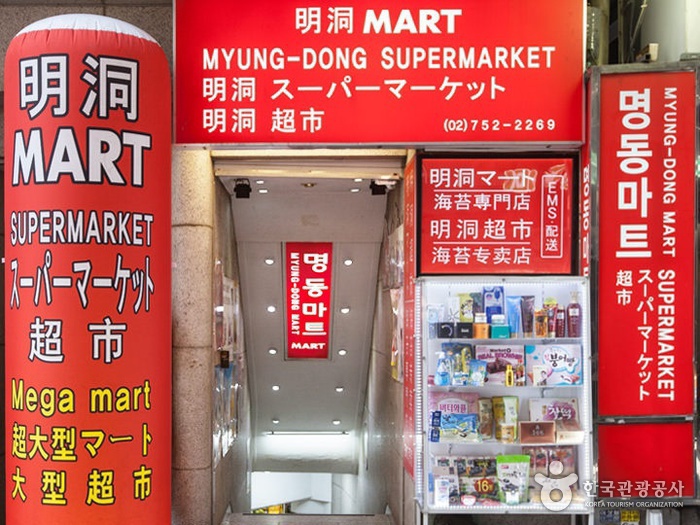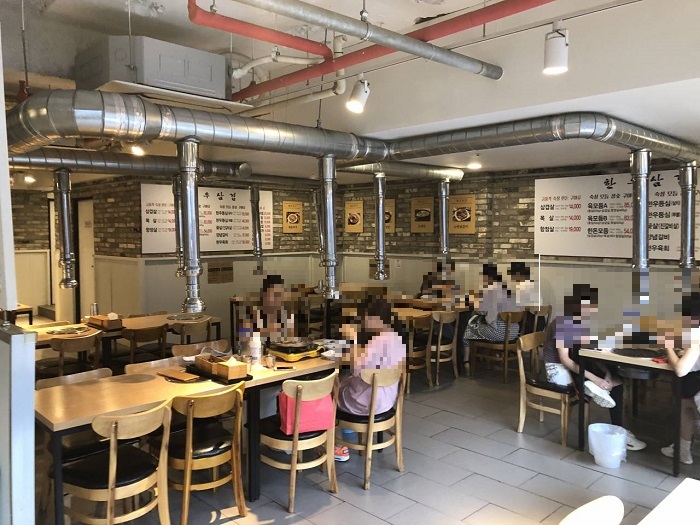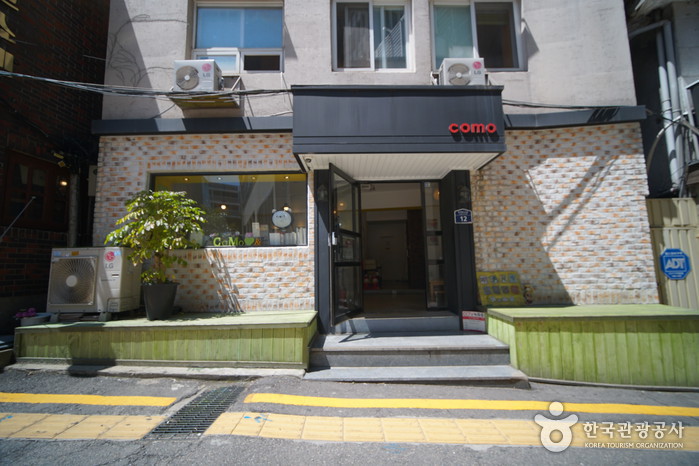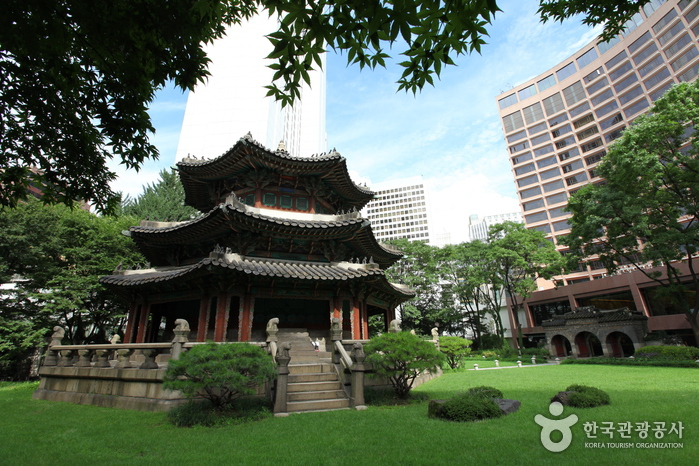Converse - Myeong-dong Jungang Branch [Tax Refund Shop] (컨버스명동중앙점)
8.4Km 2024-07-01
3, Myeongdong 8ga-gil, Jung-gu, Seoul
-
Daiso - Myeong-dong Station Branch [Tax Refund Shop] (다이소 명동역)
8.4Km 2024-04-22
B2F, 124, Singomae-ro, Giheung-gu, Yongin-si, Gyeonggi-do
-
Åland - Myeong-dong Main Branch [Tax Refund Shop] (에어랜드 명동본점)
8.4Km 2024-06-27
40, Myeongdong 8-gil, Jung-gu, Seoul
-
Harmony Mart Myeong-dong Station Branch (하모니마트 명동역점)
8.4Km 2024-12-23
58 , Myeongdong 10-gil, Jung-gu, Seoul
+82-2-752-2269
Harmony Mart Myeongdong Station Branch is a discount supermarket specializing in Korean products popular with foreign tourists. It’s on the 1st basement floor of the Shinil Building annex, just a minute's walk from Exit 8 of Myeongdong Subway Station, Jungu, Seoul. Shop here for kimchi, seaweed, ginseng products, tea, ramen, handicrafts, daily necessities and souvenirs. English, Chinese, and Japanese are spoken, and payments can be made in yen and yuan. With purchases of KRW 50,000 or more, there’s free delivery to accomodations within a 5km radius.
Myeong-dong Mart - Myeong-dong Branch [Tax Refund Shop] (명동마트 명동)
8.4Km 2024-04-18
B1F, 58, Myeongdong 10-gil, Jung-gu, Seoul
-
Hanu Samgyeop (한우삼겹)
8.4Km 2021-03-24
31, Myeongdong, 4-gil, Jung-gu, Seoul
+82-2-318-0028
You can enjoy freshly aged meat. This restaurant's signature menu is grilled pork belly. This Korean dishes restaurant is located in Jung-gu, Seoul.
Myeongdong Guesthouse Como (명동게스트하우스 꼬모)
8.5Km 2024-12-23
12 , Toegye-ro 24-gil, Jung-gu, Seoul
+82-2-755-5437
Como is a guesthouse in Jongno-gu, Seoul, just 3-minute’s walk away from Myeongdong Station on Line 4. Como is particularly popular with foreign travelers: staff are fluent in English and Chinese, and luggage storage is free of charge. Rooms come in different sizes to cater from single travelers to family groups, and all have a separate bathroom and toilet. Must-see local sights such as Namsan Seoul Tower, Sungnyemun Gate, and Namdaemun Market are easily reached by car or bus.
LG Best Shop - Byeollae Branch [Tax Refund Shop] (엘지베스트샵 별내점)
8.5Km 2024-04-18
337, Sunhwagung-ro, Namyangju-si, Gyeonggi-do
-
Hwangudan Altar (환구단)
8.5Km 2020-05-07
112, Sogong-ro, Jung-gu, Seoul
+82-2-3396-5842
Hwangudan Altar, also called Hwandan Altar, refers to an altar complex for the rite of heaven. The rites were first performed in the Goryeo dynasty by King Seongjong in the first month of 983 (2nd year of his reign), but was repeatedly adopted and abolished, and eventually stopped at the start of the Joseon dynasty.
Then in 1456 (2nd year of King Sejo), the practice was temporarily standardized and the rites were performed at Hwangudan Altar again in 1457. However, rites were again abolished in 1464 (10th year of King Sejo). It wasn’t until 1897 (34th year of King Gojong) when the Joseon dynasty was renamed as the Korean Empire and King Gojong ascended to emperor, that the rite was revived.
Now, Hwangungu Shrine and three stone drums stand at the location of the former altar complex. The three stone drums symbolize the instruments used for the rites. The shrine was completed in 1899, two years after the altar was started in 1897. Today, the Hwangungu Shrine still stands within the hotel grounds of the Westin Chosun Hotel.

![Converse - Myeong-dong Jungang Branch [Tax Refund Shop] (컨버스명동중앙점)](http://tong.visitkorea.or.kr/cms/resource/89/3314689_image2_1.jpg)
![Daiso - Myeong-dong Station Branch [Tax Refund Shop] (다이소 명동역)](http://tong.visitkorea.or.kr/cms/resource/60/2878760_image2_1.jpg)
![Åland - Myeong-dong Main Branch [Tax Refund Shop] (에어랜드 명동본점)](http://tong.visitkorea.or.kr/cms/resource/81/3314381_image2_1.jpg)

![Myeong-dong Mart - Myeong-dong Branch [Tax Refund Shop] (명동마트 명동)](http://tong.visitkorea.or.kr/cms/resource/30/2878630_image2_1.jpg)


![LG Best Shop - Byeollae Branch [Tax Refund Shop] (엘지베스트샵 별내점)](http://tong.visitkorea.or.kr/cms/resource/88/2890288_image2_1.jpg)

 English
English
 한국어
한국어 日本語
日本語 中文(简体)
中文(简体) Deutsch
Deutsch Français
Français Español
Español Русский
Русский